Ancient stones whisper tales of gods and spirits, while weathered temples stand as a testament to humanity’s enduring connection with the divine. From remote mountain monasteries to hidden forest shrines, these sacred sites have drawn pilgrims and believers for centuries, each carrying its own remarkable stories.
Here is a list of 20 extraordinary sacred places where folklore and faith intertwine, creating an enduring legacy that continues to captivate visitors today.
Yamadera Temple
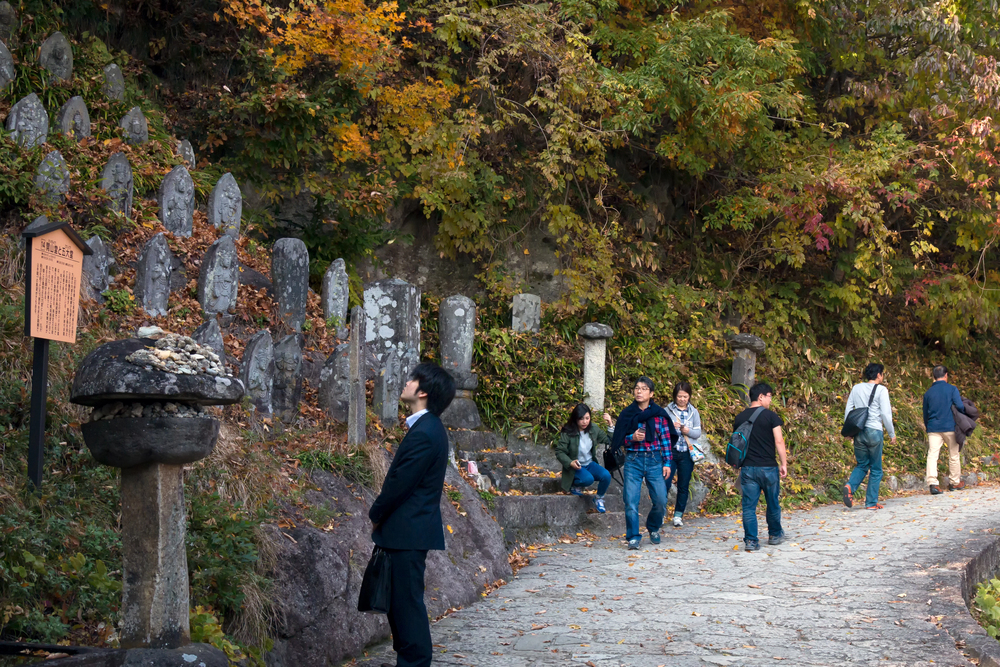
Perched precariously on Mount Hōjū in Japan, Yamadera Temple seems to defy gravity itself. Local folklore tells of the monk Jikaku Daishi, who chose this seemingly impossible location after following a golden eagle to its nest.
The temple’s 1,000 stone steps wind through ancient cedar forests, where locals say mountain spirits still dwell in the mist. During the summer months, the sound of wind chimes fills the air – a tradition started centuries ago to ward off evil spirits.
Even today, monks maintain the original structures using traditional methods passed down through generations.
Oracle of Delphi
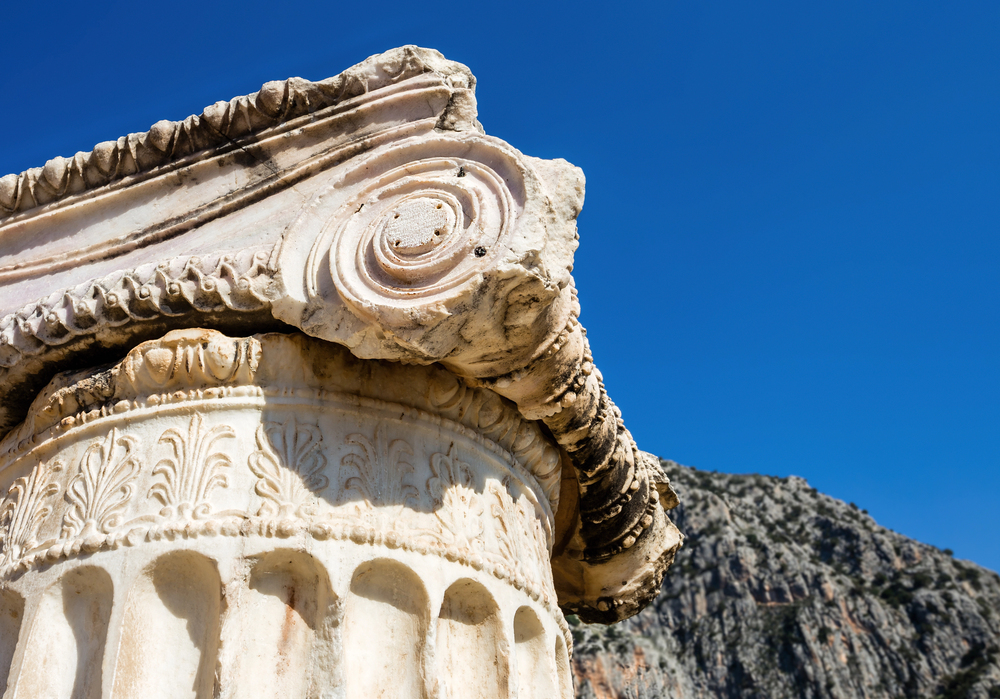
The limestone cliffs of Mount Parnassus conceal one of ancient Greece’s most powerful sacred sites. According to ancient texts, vapors rising from a natural chasm induced prophetic visions in the temple priestesses, known as Pythias.
These women would enter a trance-like state and deliver cryptic prophecies that influenced kings and emperors for over 1,000 years. Archaeological evidence has confirmed the presence of ethylene gas deposits beneath the temple, lending scientific credibility to these ancient accounts.
The site’s famous motto, ‘Know Thyself,’ remains carved in stone, drawing modern visitors into contemplation just as it did in antiquity.
Like Travel Pug’s content? Follow us on MSN.
Uluru
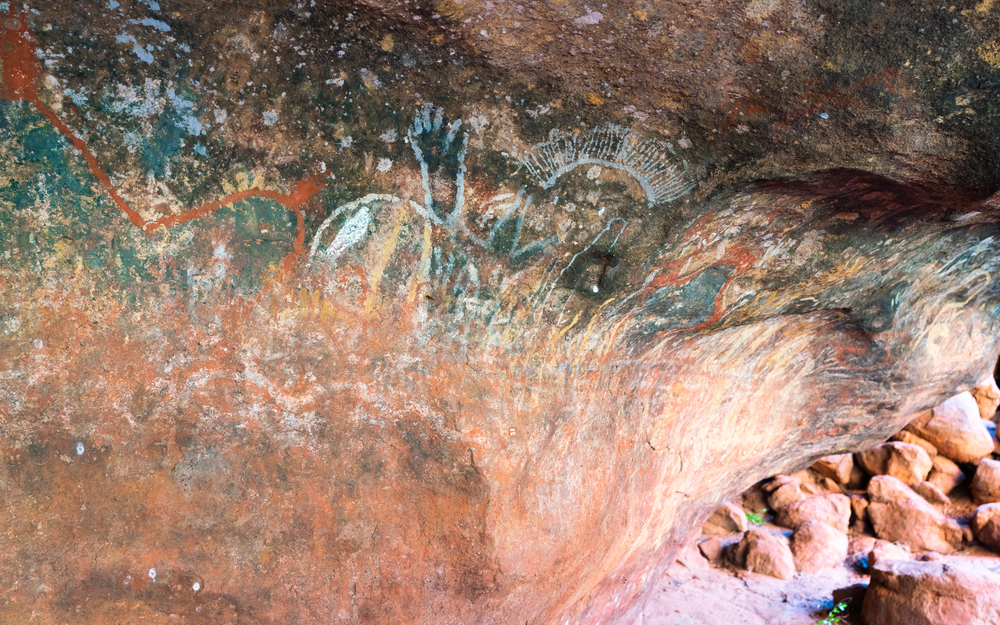
Rising 1,142 feet from Australia’s red desert plains, Uluru holds profound significance for the Anangu people. The massive sandstone formation bears countless marks that correspond to ancient Dreamtime stories, including tales of giant snakes and territorial battles between ancestral beings.
Traditional knowledge speaks of hidden water sources within the rock that have sustained life for thousands of years. The Anangu people maintain strict protocols about which stories can be shared and which sacred sites can be photographed.
Geologists estimate that nearly two-thirds of the rock formation remains buried beneath the desert sand.
Mount Kailash
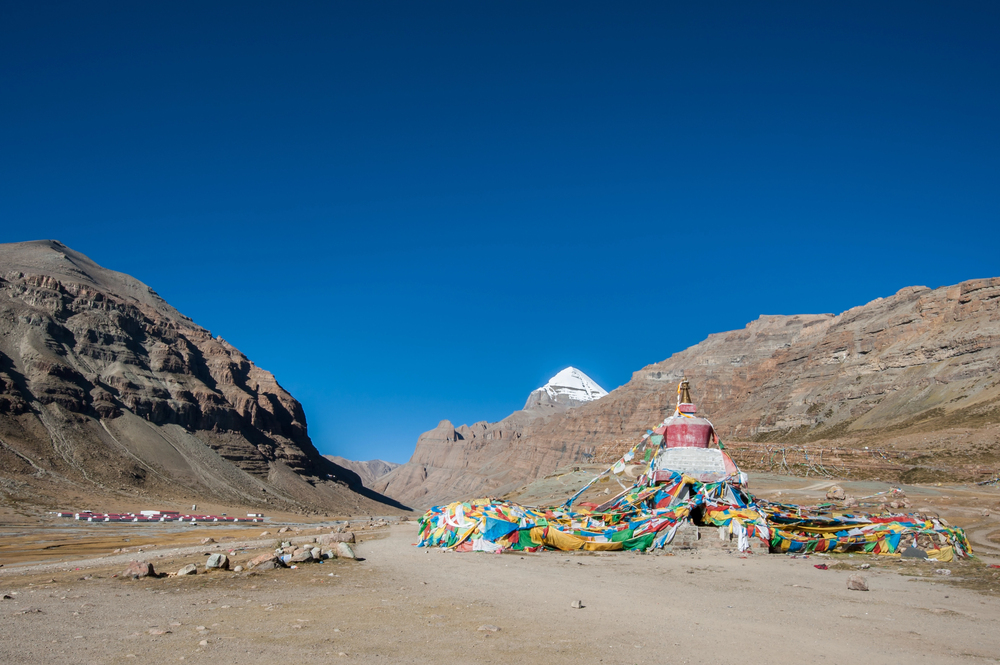
Standing sentinel in the Tibetan Himalayas, Mount Kailash has never been climbed out of respect for its sacred status. Buddhist texts describe the mountain as the center of the universe, while Hindu traditions identify it as Lord Shiva’s eternal meditation place.
The mountain’s distinctive shape creates a unique shadow that appears to form a giant swastika, an ancient symbol of good fortune in Asian religions. Pilgrims perform a 32-mile circumambulation of the peak, believing that 108 circuits will erase the sins of a lifetime.
Despite its remote location, the site draws devotees from four different religions who brave harsh conditions to reach its base.
Chichen Itza
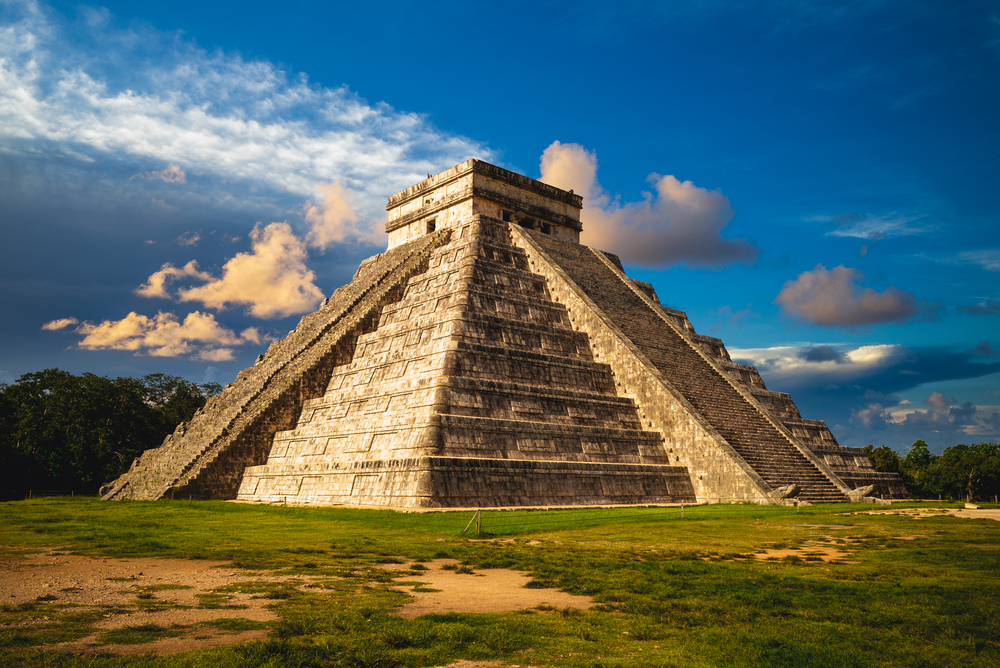
Deep in Mexico’s Yucatan peninsula, Chichen Itza stands as a masterpiece of Mayan astronomical and architectural knowledge. The main pyramid, El Castillo, features 365 steps, one for each day of the year, while its corners align perfectly with cardinal directions.
During the spring and autumn equinoxes, the sun creates a shadow pattern resembling a serpent descending the northern staircase, marking important agricultural dates for the Maya. Archaeological evidence suggests the site was built over a massive cenote, a natural sinkhole the Maya believed to be a gateway to the underworld.
The complex includes the largest ritual ball court in ancient Mesoamerica, where the acoustics allow a whisper from one end to be heard clearly at the other, nearly 500 feet away.
Like Travel Pug’s content? Follow us on MSN.
Angkor Wat
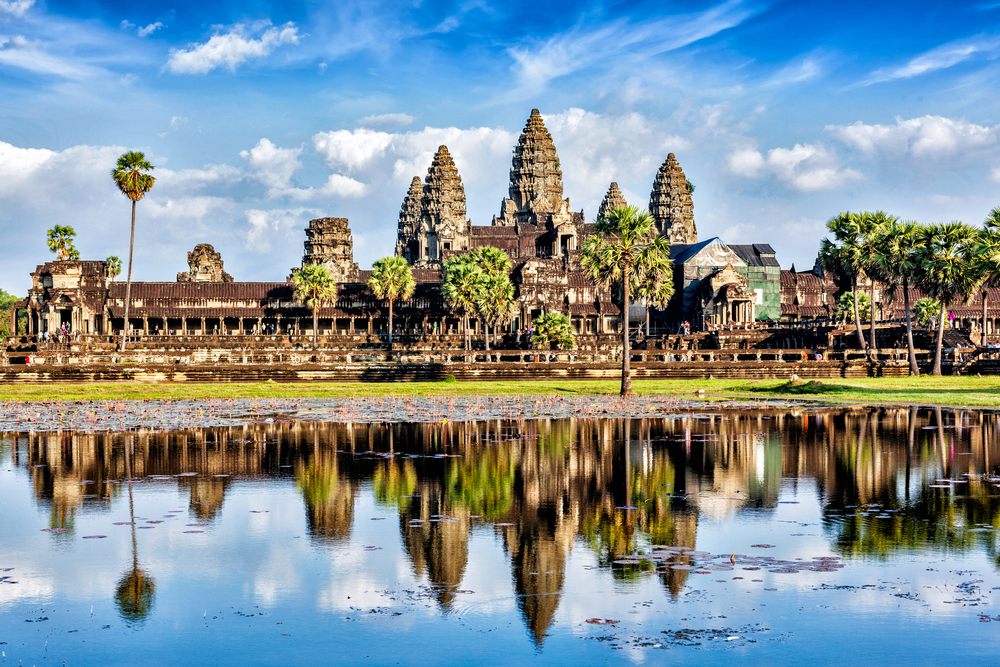
Rising from Cambodia’s jungle landscape, Angkor Wat represents the earthly recreation of the Hindu cosmos. The temple’s spires mirror the sacred Mount Meru, while its moats symbolize the cosmic ocean from which all life emerged.
Builders used an estimated 5 million tons of sandstone, transported from quarries over 25 miles away, to create this massive complex. The temple walls feature nearly 2,000 celestial nymph carvings, each one unique in its details and expression.
Sunrise at Angkor Wat reveals a carefully planned alignment where the sun appears to balance perfectly atop the central tower during the spring equinox.
Glastonbury Tor
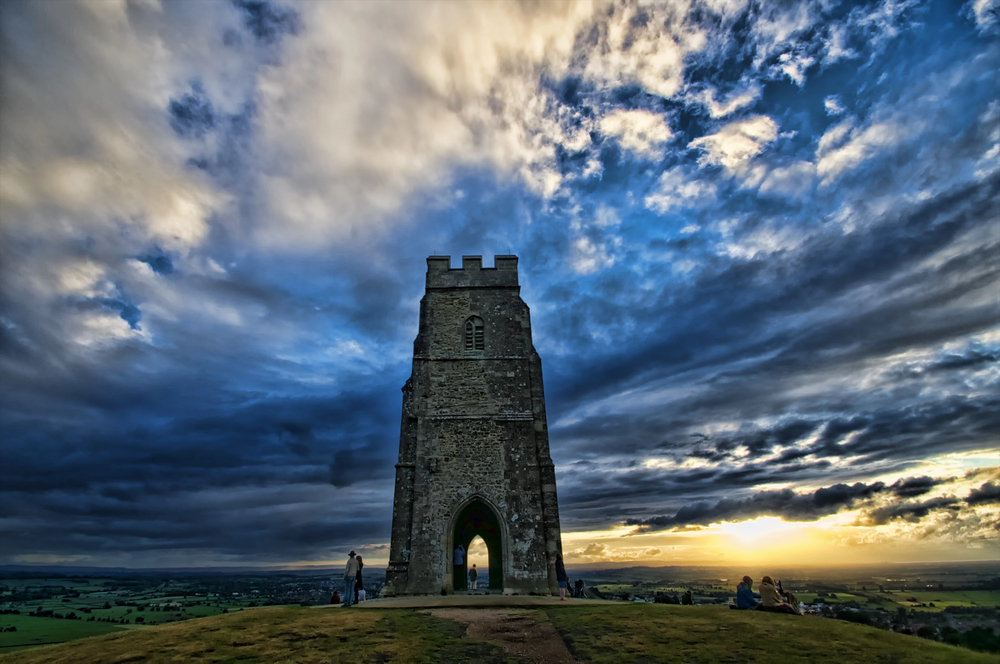
Rising from the Somerset Levels in England, Glastonbury Tor has accumulated layers of mythology over thousands of years. Local legends identify the hill as the mythical Isle of Avalon, where King Arthur’s sword Excalibur was forged and where the holy grail might still be hidden.
The terraced sides of the hill form a three-dimensional maze pattern that some researchers believe was used for ancient ceremonial processions. Two sacred springs emerge near the base of the tor – the Chalice Well with its red-tinged waters rich in iron and the White Spring carrying calcium-rich water from deep limestone aquifers.
The medieval tower at its summit, all that remains of St. Michael’s Church, has survived lightning strikes and earthquakes, adding to the tor’s mystical reputation.
Mount Sinai
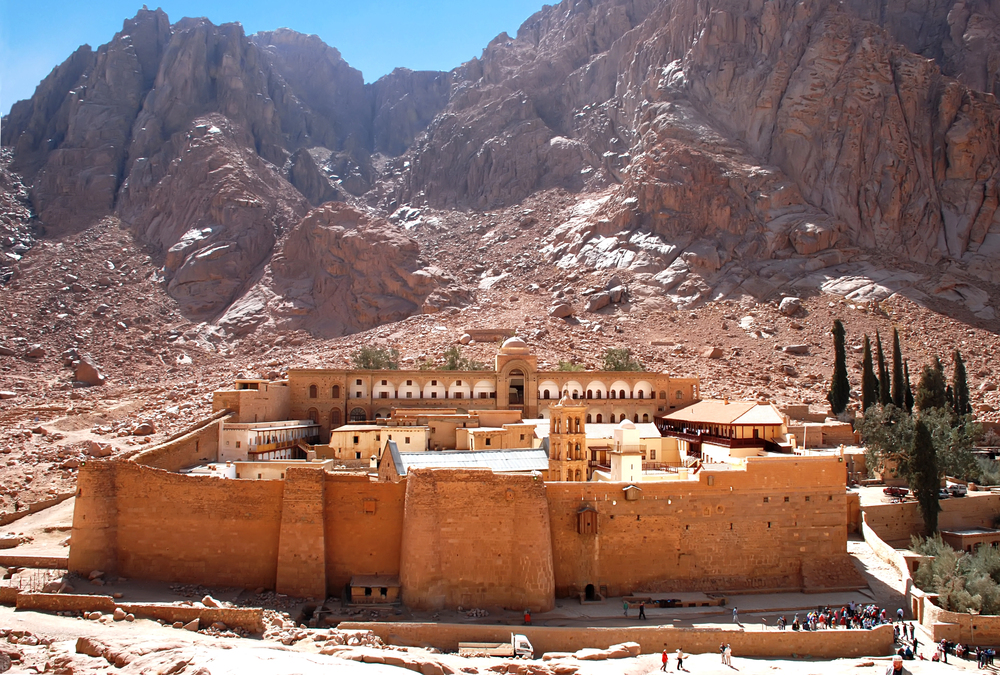
Rising from Egypt’s rugged landscape, Mount Sinai holds profound significance in three major world religions. According to biblical accounts, this is where Moses received the Ten Commandments, though scholars continue to debate the exact location.
The 3,000-year-old Path of Moses consists of 3,750 steps carved directly into the mountain face by ancient monks. At the summit stands the Chapel of the Holy Trinity, built in 1934 on the ruins of a 16th-century mosque, reflecting the mountain’s importance to multiple faiths.
The surrounding granite peaks create stunning light effects at sunrise when thousands of pilgrims gather for dawn prayers.
Like Travel Pug’s content? Follow us on MSN.
Golden Temple
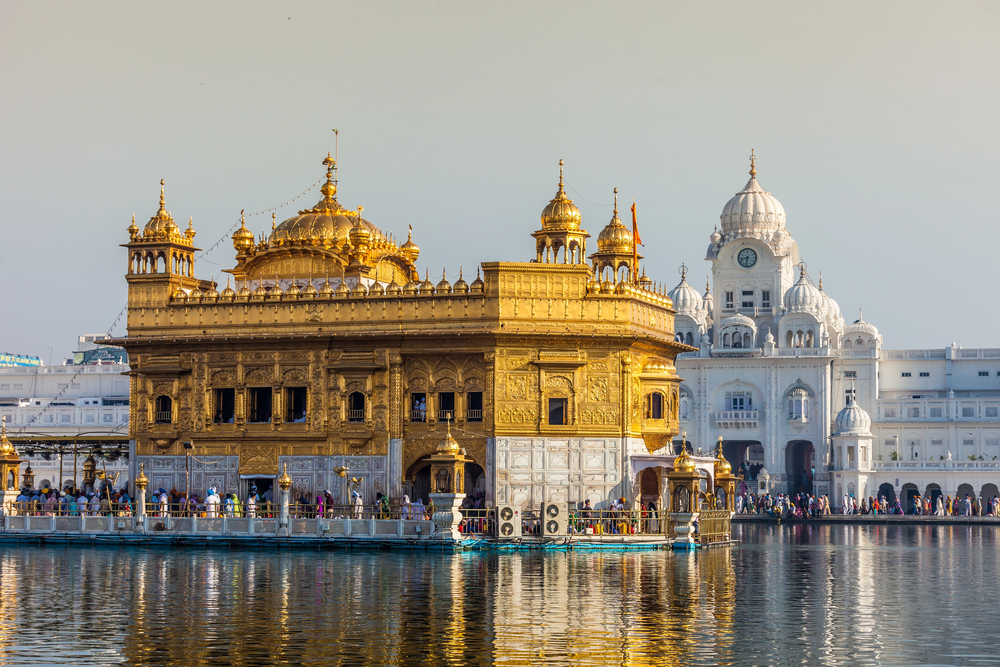
Floating like a golden vision in the middle of a sacred pool, Amritsar’s Harmandir Sahib embodies the principles of Sikh spirituality. The temple’s four entrances symbolize openness to all people regardless of caste, creed, or religion, while its location below ground level represents humility.
Its kitchen serves free meals to up to 100,000 visitors daily, with volunteers from all walks of life working together in a demonstration of service and equality. The temple’s upper portion is covered in 750 kilograms of pure gold, donated by Maharaja Ranjit Singh in 1830.
The holy pool surrounding the temple, known as the Pool of Nectar, is fed by an underground spring believed to have healing properties.
Mount Fuji
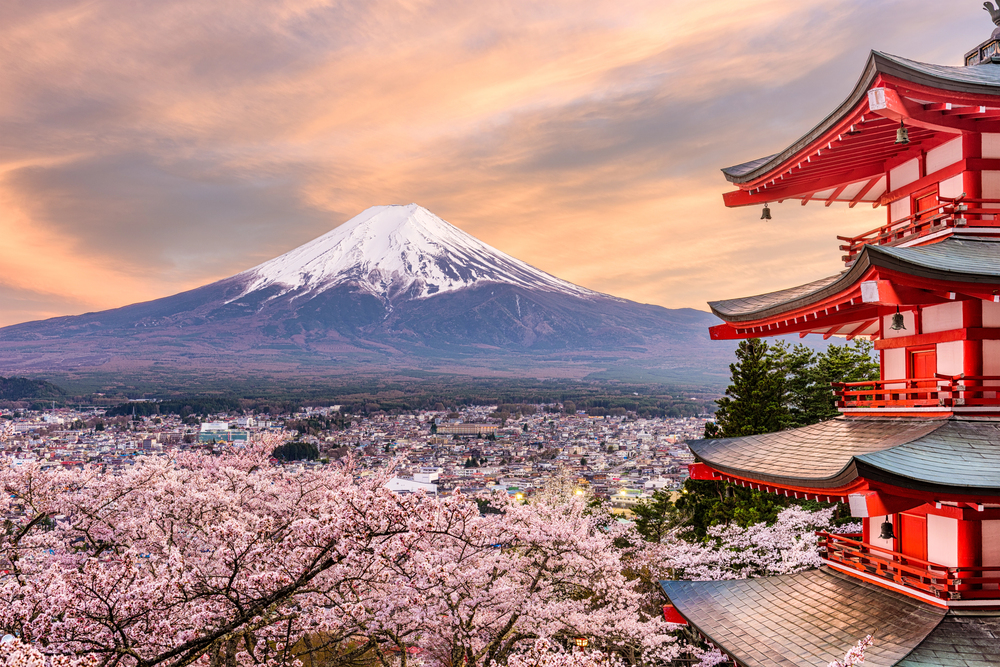
Japan’s most recognizable natural landmark serves as both a cultural icon and a sacred site of profound spiritual significance. The nearly perfect volcanic cone has inspired artists and poets for centuries, while its slopes house over 1,300 ancient shrines and sacred sites.
According to Shinto beliefs, the mountain itself is a goddess, while Buddhist traditions mark it as the gateway to a different realm of existence. The mountain’s symmetrical shape was created by multiple layers of lava from different eruptions, with the last recorded activity in 1707.
Traditional pilgrimage routes to the summit are marked by stations where climbers can rest and pray, following pathways that have remained largely unchanged for over 400 years.
Sedona Vortexes
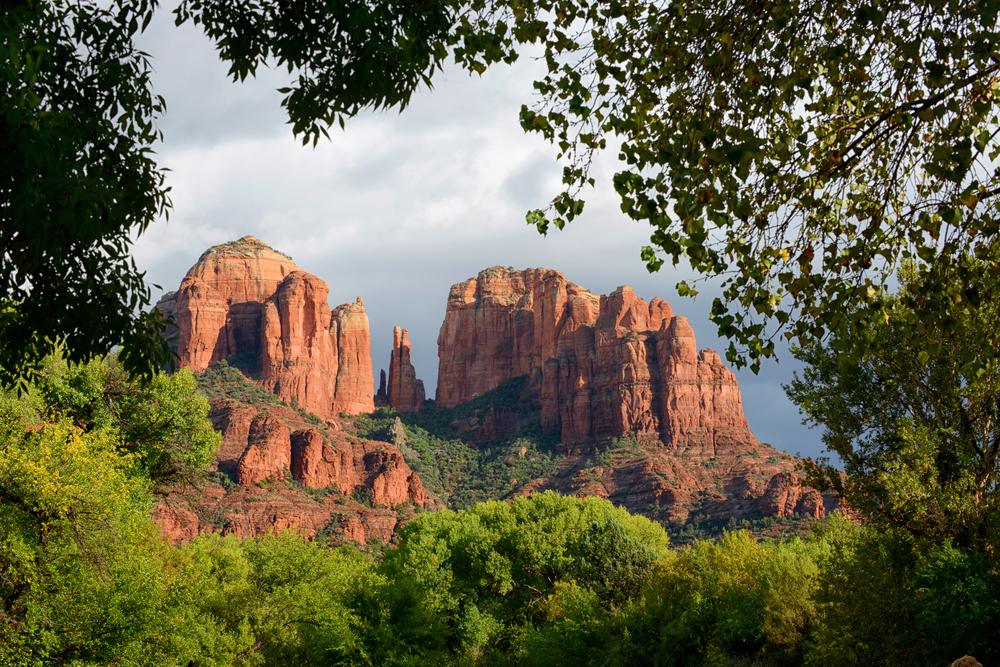
The red rock formations of Sedona cradle some of North America’s most powerful energy centers, according to both indigenous traditions and modern spiritual seekers. Native American tribes considered these lands sacred long before New Age practitioners identified them as electromagnetic vortex points.
The iron-rich sandstone creates unique magnetic fields that some claim can be measured with scientific instruments. Local folklore tells of unexplained phenomena in these areas, from compass variations to spontaneous healings.
The most famous vortex sites – Bell Rock, Cathedral Rock, Boynton Canyon, and Airport Mesa – each possess distinct energy patterns that draw thousands of visitors annually.
Like Travel Pug’s content? Follow us on MSN.
Temple of the Tooth
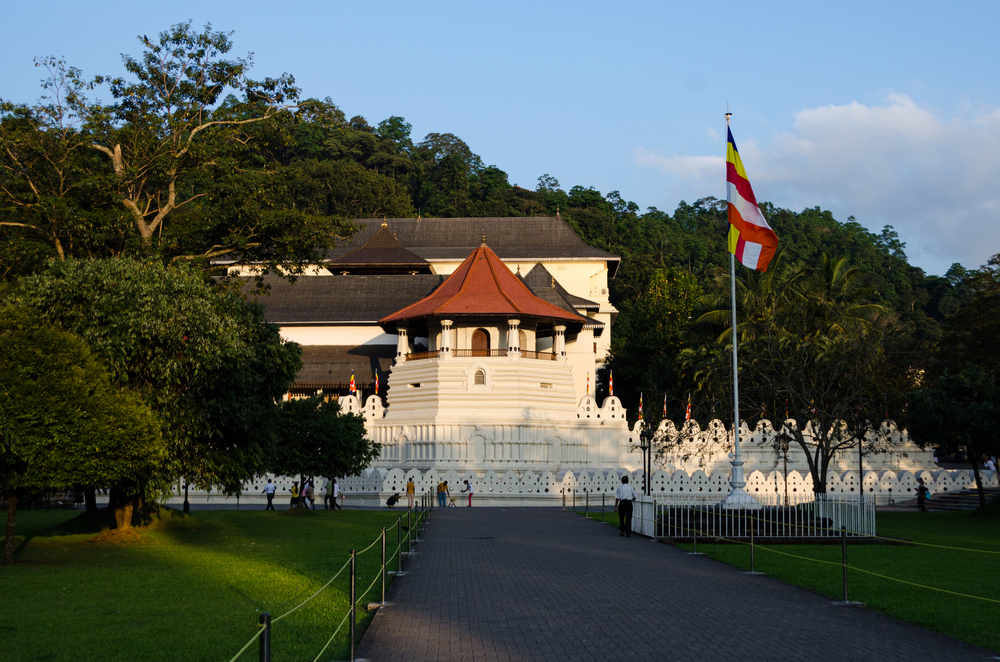
Sri Lanka’s most revered Buddhist temple houses what many believe to be Buddha’s actual tooth, saved from his funeral pyre in 483 BCE. The relic’s presence has made Kandy a major pilgrimage site, with the temple’s architecture reflecting its immense spiritual significance through seven layers of decorated roofs.
During the annual Esala Perahera festival, a replica of the tooth relic processes through the city accompanied by over 100 elaborately decorated elephants and thousands of traditional dancers. The temple survived multiple wars and a 1998 terrorist attack, with many attributing its preservation to divine protection.
Monks perform daily rituals around the tooth relic three times each day, maintaining traditions that have continued unbroken for centuries.
Crater Lake
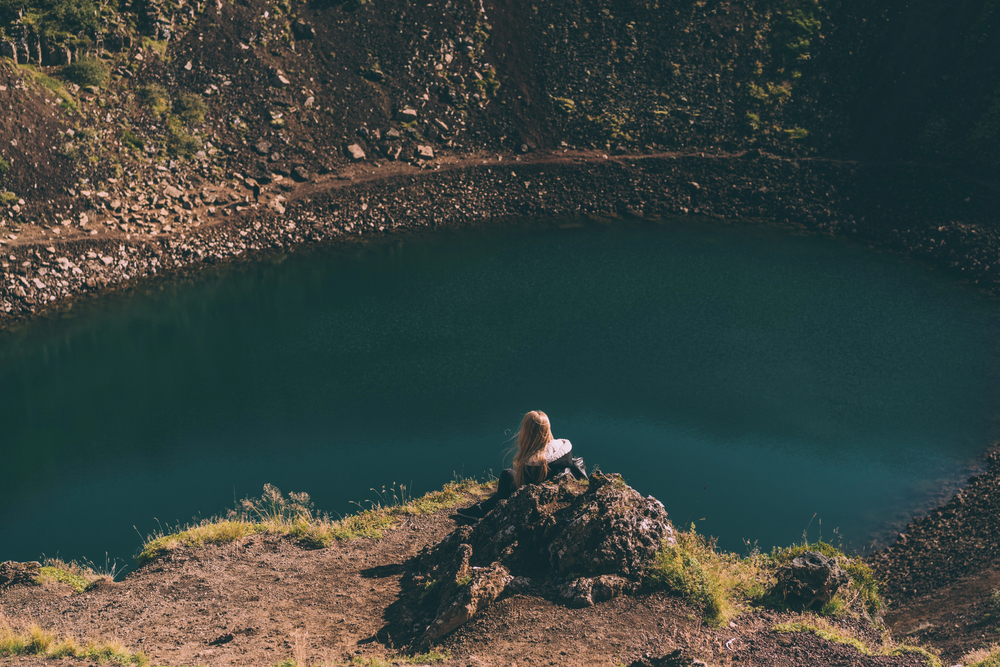
The deepest lake in the United States holds profound significance for the Klamath people, who have maintained an ancient connection to these waters for thousands of years. According to tribal traditions, the lake was formed during a battle between Llao, the spirit of Below, and Skell, the spirit of Above, resulting in the destruction of Mount Mazama and the creation of the crater.
The lake’s remarkable blue color comes from its exceptional purity and depth, with visibility extending up to 134 feet below the surface. Traditional knowledge speaks of power spots around the rim where spiritual practitioners can communicate with lake spirits.
The Klamath people continue to conduct private ceremonies at the lake, maintaining their sacred relationship with this natural wonder.
Batu Caves

Malaysia’s limestone caverns house one of the most popular Hindu shrines outside India, dedicated to Lord Murugan. Visitors must climb 272 rainbow-colored steps to reach the main temple cave, with each step representing the journey from physical to spiritual realms.
The caves formed over 400 million years ago, creating natural cathedral-like spaces that reach heights of 300 feet. Colonies of wild monkeys inhabit the area, which is considered sacred as representatives of the monkey god Hanuman.
The site’s annual Thaipusam festival draws over a million devotees, many of whom perform acts of devotion by carrying elaborate kavadi attachments up the temple steps.
Like Travel Pug’s content? Follow us on MSN.
Machu Picchu
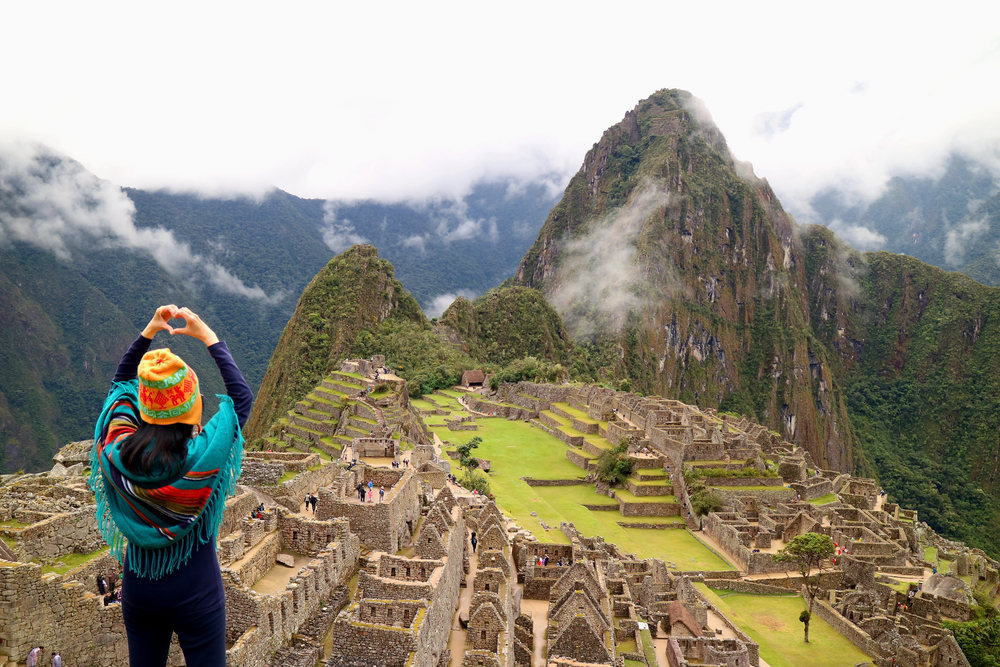
Perched high in Peru’s Andes Mountains, this Incan sanctuary remained hidden from the outside world until 1911. The site’s main temple features extraordinary stonework with blocks fitted so precisely that not even a knife blade can fit between them.
Astronomical alignments throughout the complex track solstices and equinoxes demonstrate the Incas’ sophisticated understanding of celestial movements. The surrounding peaks were considered sacred mountains or ‘Apus,’ whose spirits were believed to protect the city and its inhabitants.
Natural springs beneath the site feed an elaborate system of 16 fountains that still function perfectly after more than 500 years.
Meteora Monasteries
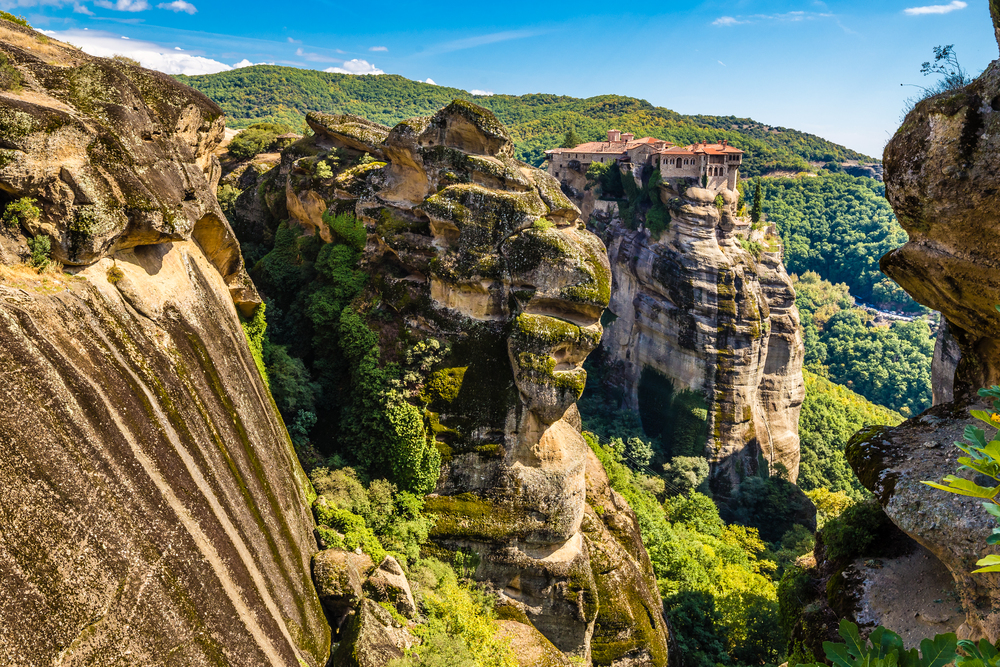
Greece’s ‘suspended in air’ monasteries seem to defy both gravity and human engineering capabilities. The first hermits arrived in the 9th century, living in caves among the towering sandstone pillars and establishing a tradition of spiritual isolation.
Six monasteries remain active today, accessible only by long stairways carved into the rock face. Early monks used removable ladders and nets to transport people and supplies, believing that when God willed their arrival, he would provide the means.
The highest monastery, Great Meteoron, sits atop a rock pinnacle 1,300 feet above the valley floor, offering panoramic views of the surrounding landscape.
Adam’s Peak
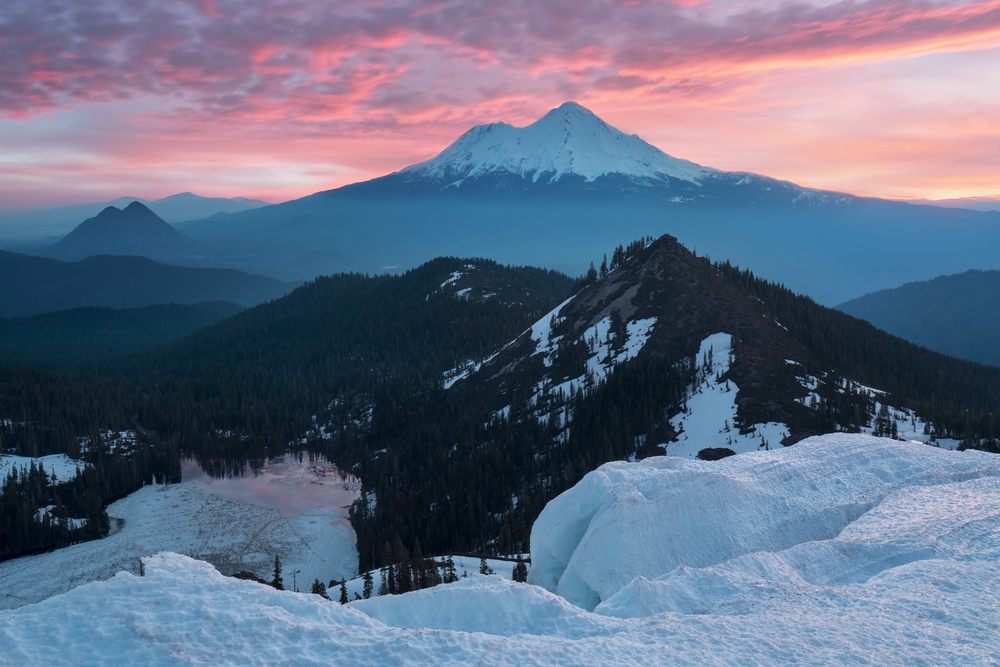
Rising prominently from Sri Lanka’s central highlands, this conical mountain bears what multiple faiths claim as a sacred footprint. Buddhists believe it to be the Buddha’s footprint, while Hindus attribute it to Shiva, and some Muslims and Christians identify it as Adam’s first step after being cast out of Eden.
The 7,359-foot climb typically begins in darkness, with pilgrims following a path illuminated by thousands of lights. The mountain casts a distinctive triangular shadow at sunrise, which appears to move across the western plains as the sun rises.
The footprint itself measures over five feet long and is housed in a small temple at the summit.
Like Travel Pug’s content? Follow us on MSN.
Mount Shasta
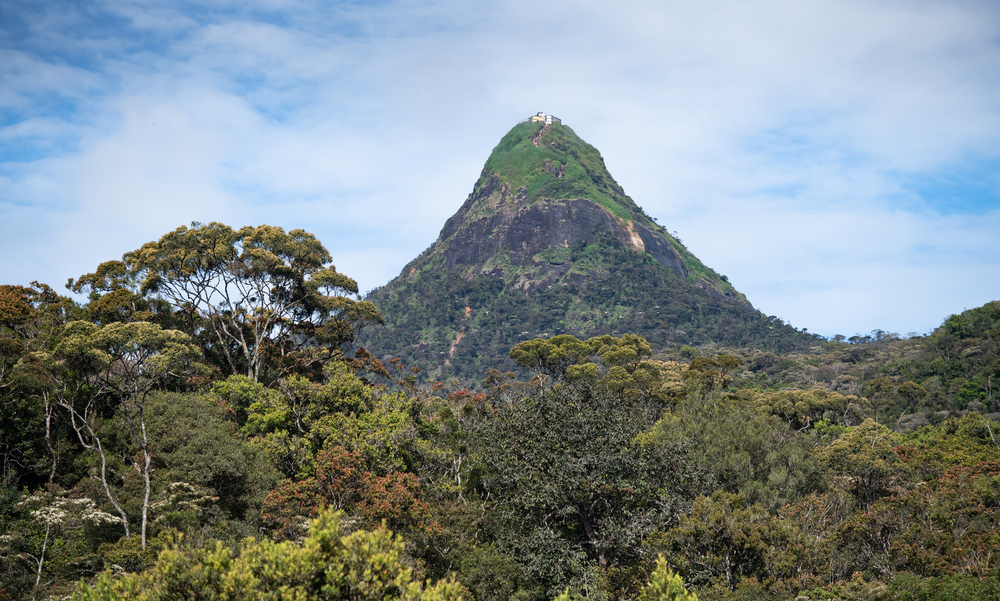
Standing in solitary grandeur in Northern California, Mount Shasta has gathered a unique collection of spiritual beliefs and legendary tales. Native American tribes consider the mountain a sacred center of creation, while modern spiritual groups believe it conceals a city of advanced beings inside its depths.
The mountain creates its own weather patterns and rare atmospheric phenomena, including mysterious lights that some attribute to interdimensional portals. Natural springs emerging from the mountain’s glaciers are believed by many to possess healing properties.
The mountain’s permanent snow cap contains seven main glaciers, which local traditions say correspond to the seven chakras of the Earth.
Borobudur
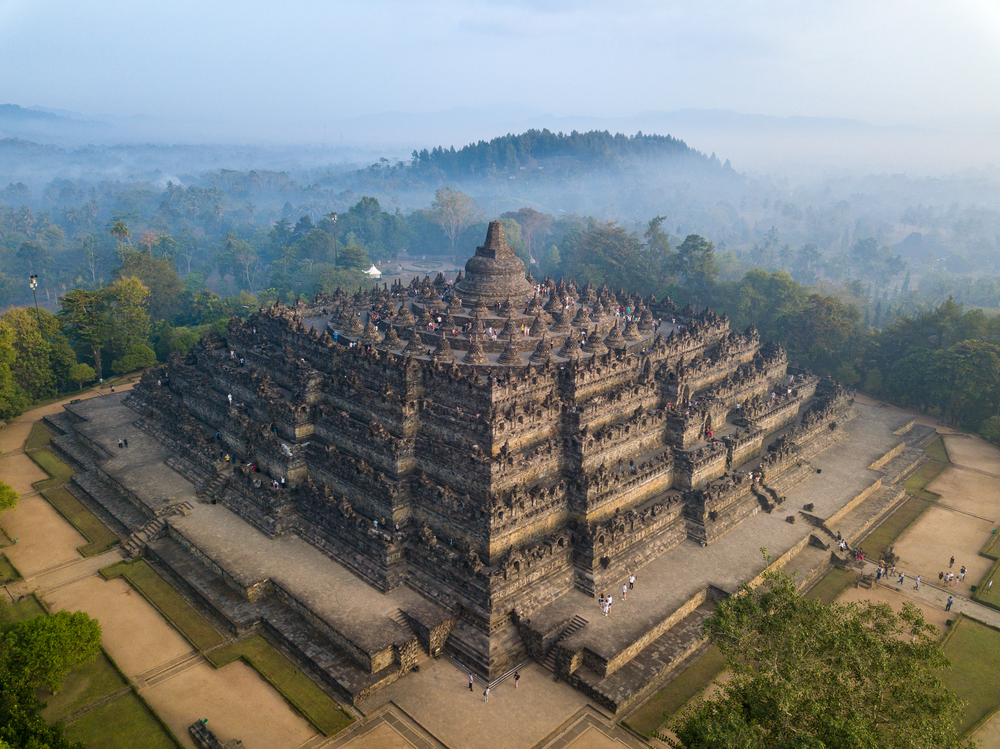
Indonesia’s massive Buddhist monument represents a three-dimensional mandala, guiding pilgrims through levels representing the Buddhist cosmos. The structure contains over 2 million stone blocks, assembled without mortar, featuring 504 Buddha statues and 2,672 relief panels that together create the world’s largest and most complete ensemble of Buddhist reliefs.
Hidden foot reliefs at the base of the monument tell cautionary tales about karma, visible only to those who take time to look closely. The temple lay abandoned and covered in volcanic ash for centuries until its rediscovery in 1814, leading some to draw parallels with the spiritual journey from ignorance to enlightenment.
The entire structure is essentially a giant stupa built around a natural hill, with each level designed to teach specific spiritual lessons through its architecture and artwork.
Uluṟu-Kata Tjuṯa

Beyond the iconic Uluru, the 36 dome-like formations of Kata Tjuṯa hold their own profound spiritual significance. The Anangu people maintain numerous sacred men’s and women’s sites throughout the area, many too sacred to be shared with outsiders.
According to traditional law, certain areas can only be viewed by initiated elders, while others are completely restricted from visual documentation. The formations create unique microclimates that support rare plant species found nowhere else in the desert environment.
The spaces between the domes serve as natural amphitheaters where sound carries in unusual ways, leading to stories of spiritual messages carried on the wind.
Like Travel Pug’s content? Follow us on MSN.
Sacred Spaces in Modern Times
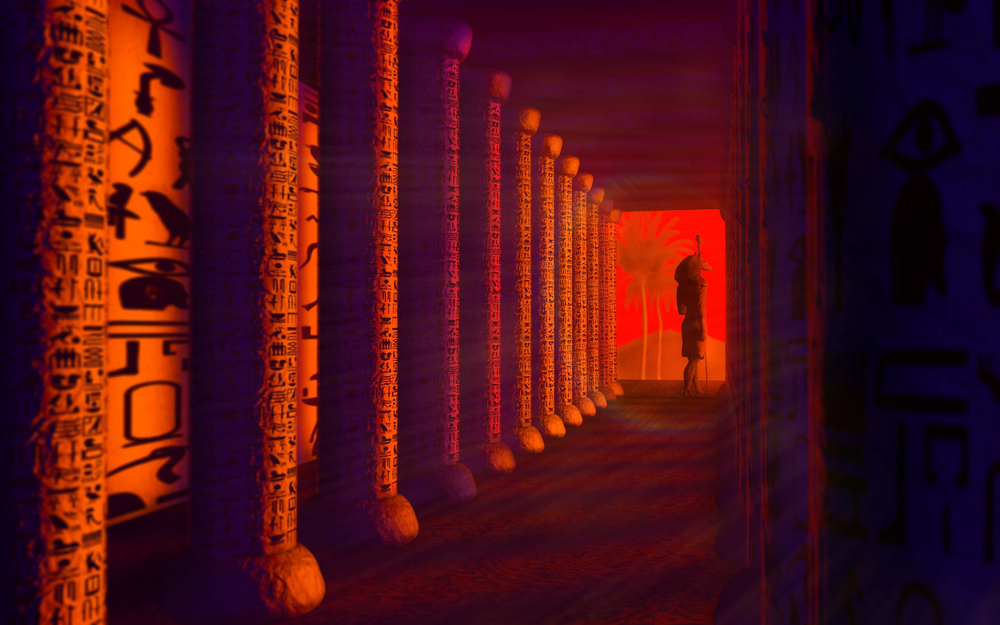
Today’s sacred places serve as bridges between our fast-paced modern world and humanity’s timeless search for meaning. These sites continue to draw millions of visitors annually, though many now come seeking cultural understanding rather than spiritual revelation.
Traditional caretakers work to balance preservation with accessibility, ensuring these precious places endure for future generations. The stories and beliefs attached to these locations remind us that despite our technological advances, humans still seek a connection to something greater than ourselves.
More from Travel Pug

- 20 Towns Built for One Purpose That Were Later Abandoned
- 15 Hidden Spots in Disney World’s Magic Kingdom Most Visitors Miss
- 15 Most Scenic Walks Anywhere in The World
- 15 Canyons in the U.S. That Are Just as Stunning as the Grand Canyon
- 10 Under-the-Radar Mountain Towns That Are Both Affordable and Beautiful
Like Travel Pug’s content? Follow us on MSN.
